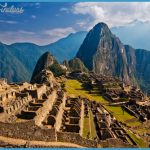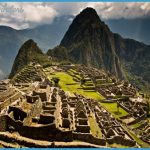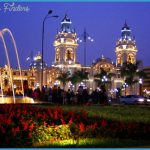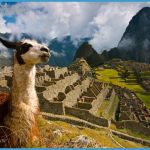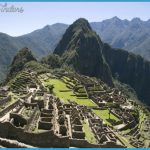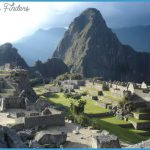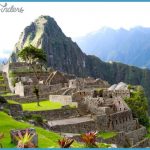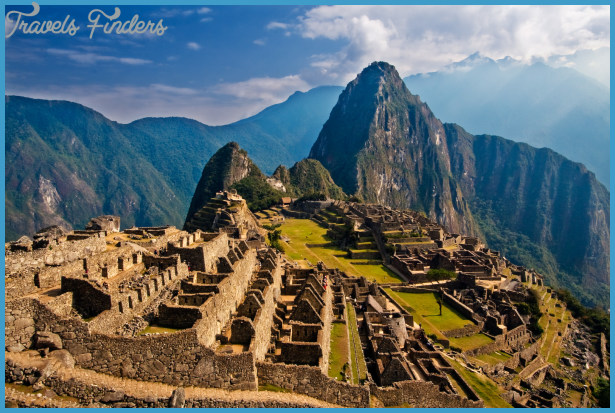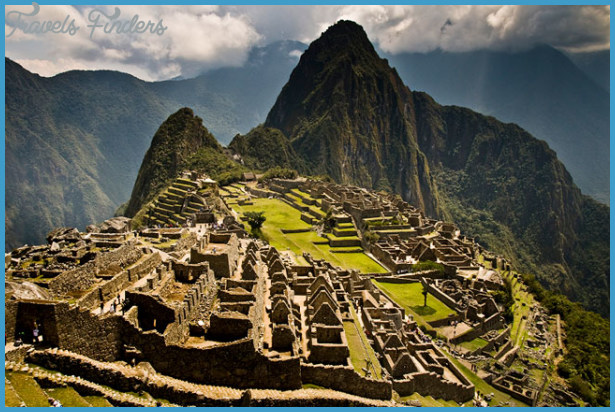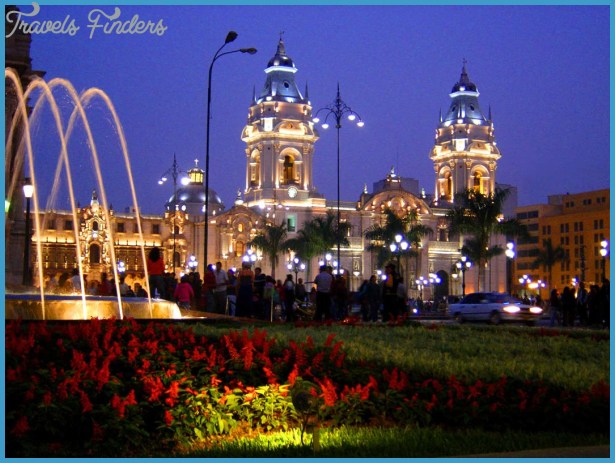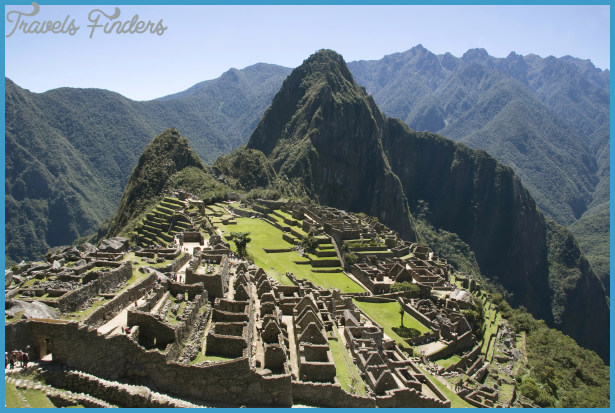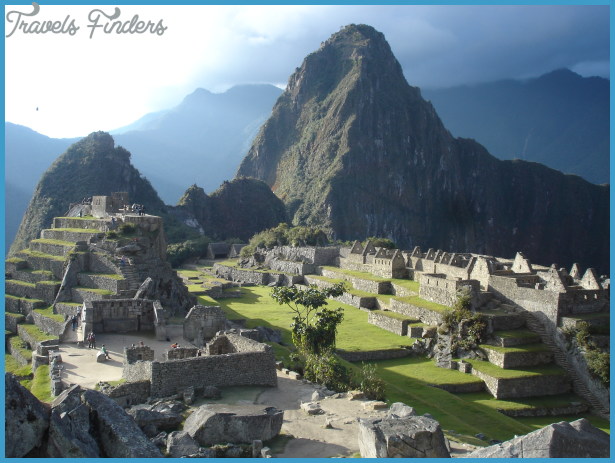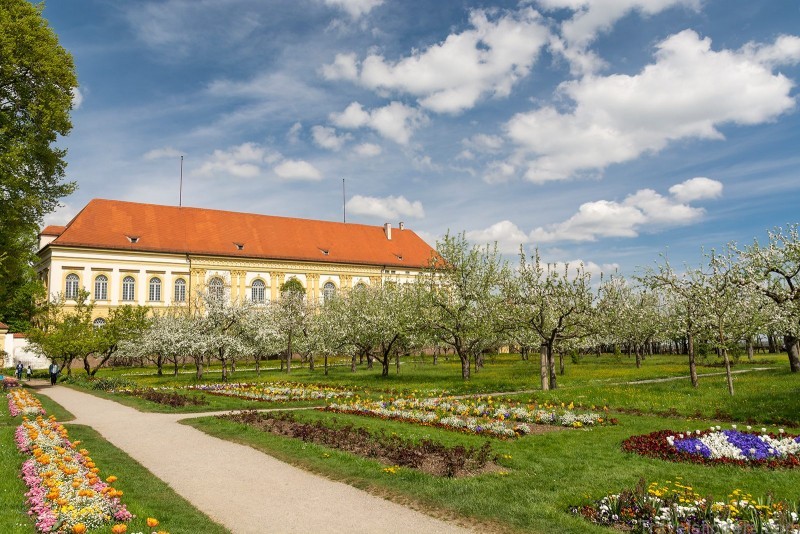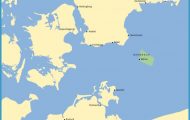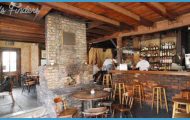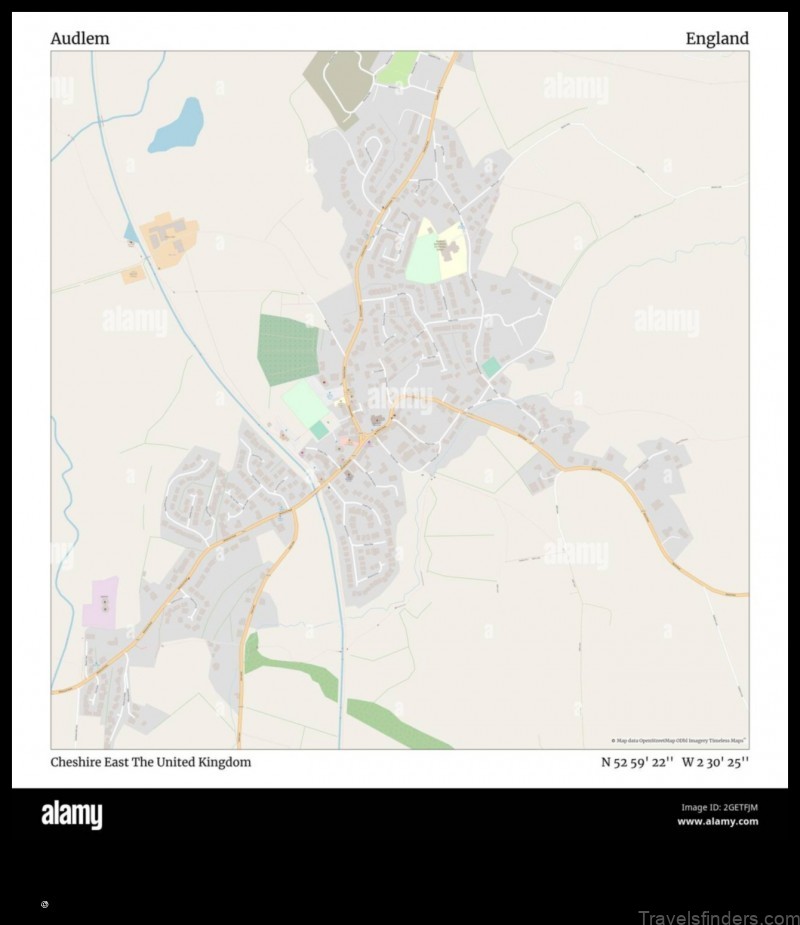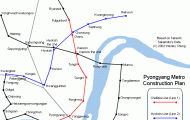Visitors to the Andean countries of Bolivia, Chile, Ecuador, and Peru favor Lima, capital of Peru, and Cuzco, capital of the once mighty Inca Empire. The visitor to Peru usually lands at Lima and spends a day or so walking the downtown area, especially the two best known plazas, the Plaza de Armas and the Plaza de San Martin. They are joined by a five-block shopping complex where textiles, ceramics, and silver objects are excellent buys. For those who like churches, Lima has three colonial ones, San Pedro, Santo Domingo, and Santa Roda, all within easy walking distance of each other.
Purse snatchers and pickpockets are aggressive and adept. Watch your watch.
Mario Vargas Llosa, a celebrated Peruvian novelist, says that all of Peruvian literature might be divided into two camps: those who sanctify Lima and those who despise her. The weather is unusual, to say the least. From May to November the city is enveloped in a gauzy fog. An invisible drizzle, the garua, makes everything damp.
Not far off are Pacific beaches with cold water and huge waves. Millions of poverty-stricken emigrants from the sierra have moved in to swell the population to close to six million. City utilities and transportation are no match for the masses of people. Since 1958, Lima’s population has quintupled, from one million to 5.5 million, almost one-third of the country’s population.
Limeans are sophisticated and ardent fans of soccer and bullfights. The major bullring, Acho, is one of the finest to be found.
Peru is divided longitudinally into three regions, a fourteen hundred-mile coast, mostly desert; the Andes, and a part of the Amazonian jungle. Each is culturally as well as geographically different.
Cuzco is the other tourist city of Peru, capital of the Incas until looted in 1532 by Pizarro and his conquistadores. Some call them thugs. The Inca empire grew out from Cuzco and within 150 years expanded to cover what is now Peru, Bolivia, Ecuador and parts of Chile, Colombia, and Argentina. The conquerors built their own buildings on top of the Indian ones, which gives Cuzco an interesting Indian/Spanish architecture. The blocks of stone cut out of the mountains were chiseled with stone tools, transported and maneuvered into place with nothing more complex than a lever. The blocks were fitted together so snugly that not even a knife blade can be slipped between them. Since Cuzco sits at 11,400 feet, visitors need plenty of rest, and should eat and drink sparingly.
Seventy miles away from Cuzco by narrow-gauge train is the last of the Inca strongholds, Machu Picchu. The train stops one thousand feet below the ruins, which sit at nine thousand feet.
Machu Picchu is awesome. Built by the last Inca ruler as an impregnable refuge two thousand feet above the Urubamba Valley, Machu Picchu was only discovered in 1911 after centuries of somnolescence, unknown to Europeans. The Incas put together the largest and most cohesive empire in aboriginal America. Its population probably exceeded eight million. Like the Romans, the Incas were builders of roads, parts of which are still usable. A highland road ran from Quito, present-day capital of Ecuador, to Cuczo and down into Chile, a distance of three thousand miles.
What is incredible is how a force of Spaniards in 1532 under the direction of the Pizarro brothers and totaling only 180 men with twenty-seven horses was able to topple the Inca and change the course of life for millions of people thereafter.

